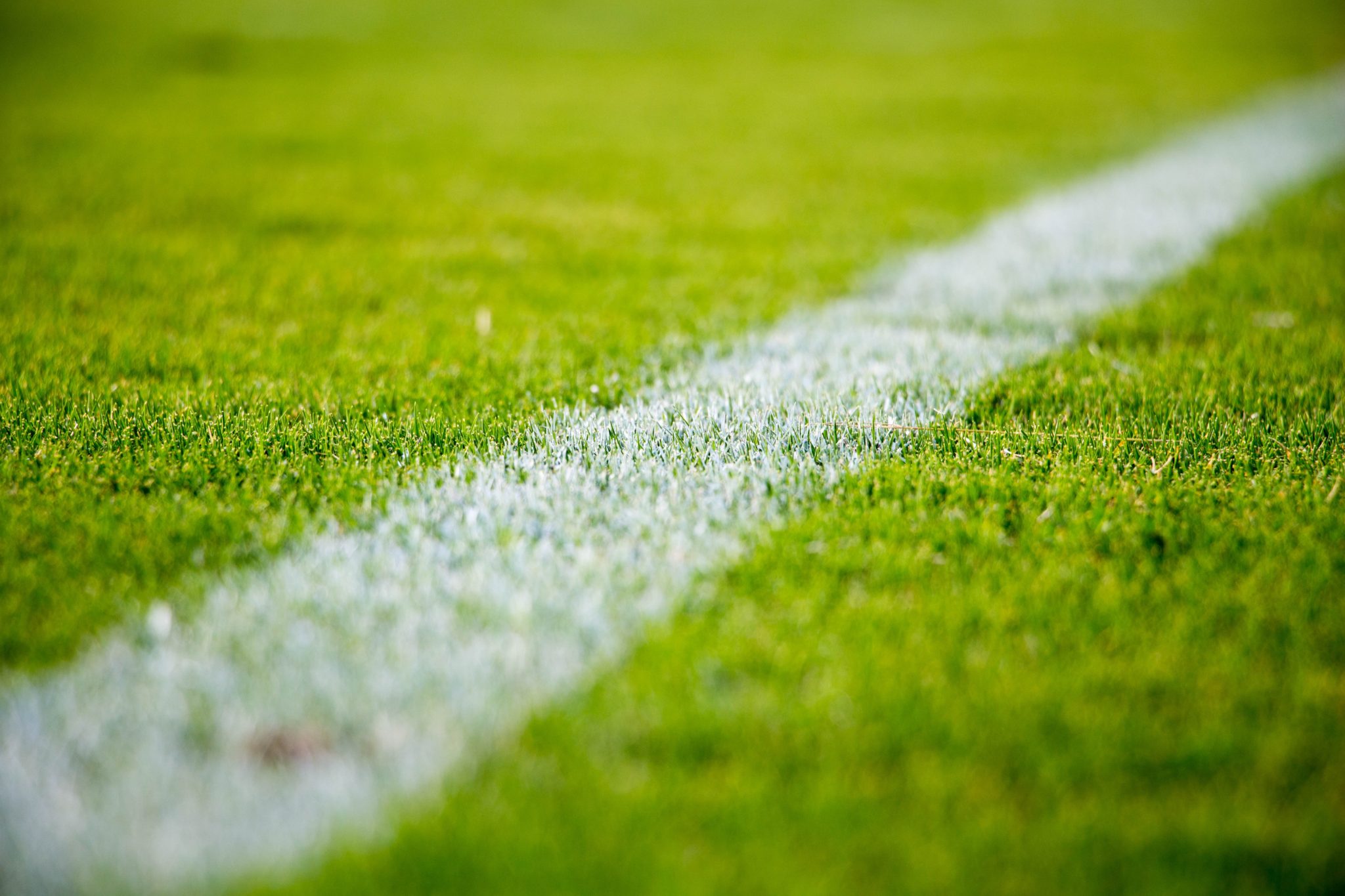Grass and Turf Fields: Making the Right Choice for Your School
When it comes to selecting the ideal playing surface for school athletic fields, the choice between natural grass and artificial turf is a critical decision. Each option comes with advantages and considerations, influencing factors such as maintenance, playability, cost-effectiveness, and environmental impact. In this article, we’ll delve into the differences between grass and turf fields and explore why schools should consider investing in artificial turf.
Grass Fields
Natural grass fields have long been a traditional choice for athletic facilities, offering a lush and aesthetically pleasing playing surface. However, maintaining grass fields can be labor-intensive and costly. Regular mowing, watering, fertilizing, and aerating are necessary to keep the grass healthy and resilient, requiring significant time, resources, and manpower. Grass fields are also susceptible to wear and tear, especially in high-traffic areas, and may become muddy and slippery during inclement weather conditions, posing safety hazards for athletes.
Artificial Turf
In recent years, artificial turf has gained popularity as a low-maintenance and durable alternative to natural grass. Turf fields offer numerous advantages, including minimal maintenance requirements, consistent playability year-round, and enhanced durability. Unlike grass fields, artificial turf does not require mowing, watering, or fertilizing, significantly reducing ongoing maintenance costs and labor. Turf fields also provide excellent traction and shock absorption, reducing the risk of injuries for athletes. Additionally, artificial turf fields are highly versatile and can accommodate a wide range of sports and activities beyond traditional athletic events.
While both grass and turf fields have their merits, artificial turf offers numerous advantages that make it an attractive option for school athletic facilities. From lower maintenance costs to enhanced playability and versatility, investing in artificial turf can provide schools with a durable, cost-effective, and environmentally friendly solution for their athletic fields. By carefully considering the unique needs and priorities of their school community, administrators can make an informed decision that ensures the long-term success and enjoyment of their athletic programs.

